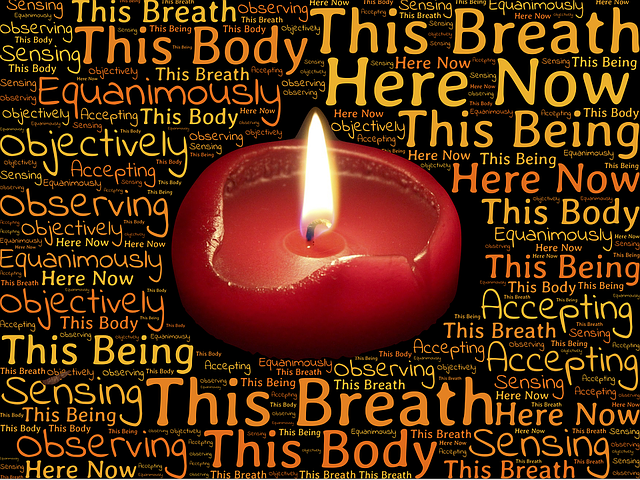Recently, Diana Winston offered a meditation podcast on the topic, Dealing with Uncertainty. This was at a time of heightened uncertainty generated by the California wildfires that were threatening people’s lives and homes. Uncertainty arises when we do not know what will happen in the future, we have a sense of being out of control and we fear that the future holds potentially damaging outcomes for us physically, emotionally, financially or socially. Diana emphasised that uncertainty is an integral aspect of the world we live in today – in our increasingly global environment and resultant interdependence, many things are uncontrollable and beyond our capacity to influence.
Diana reminds us that we cannot deny the uncertainty of our reality, but we can learn to manage its impact on our lives – on our thinking, feelings, behaviour and relationships. Our anxiety in the face of this ever-encroaching uncertainty is exacerbated by our brain’s negative bias – often fearing the worst to enable us to prepare for fight or flight. We tend to anticipate negative outcomes from many activities such as a medical diagnosis and we begin to worry in anticipation of this unwelcome outcome. Diana maintains that meditation can provide a place of refuge when we experience uncertainty and the associated fear and anxiety – a secure retreat away from the waves of uncertainty that besiege us.
Meditation as an anchor in a turbulent sea
Diana offers several steps in her guided mediation for dealing with anxiety (MARC, UCLA). The meditation practice is designed to engender a sense of solace when uncertainty seems overwhelming:
- Adopt a comfortable position and allow your body to begin to experience relaxation.
- Focus attention on your body beginning with your breath as it courses through you. You can ground this attention by focusing on the expansion and contraction of your chest or abdomen.
- Feel the sensation of your breath – coolness, energy flow, evenness.
- Choose an anchor – e.g. your breath, sounds in the room or a bodily sensation such as tingling in your fingers when they are pressed together, or the feel of your feet placed firmly on the floor. You can then return to your anchor whenever you become unfocused or distracted by thoughts or sensations such as an itch or pain in a part of your body.
- Notice any wandering off task and name what is happening e.g. lost in my thoughts; feeling anxious. Once you have named what is happening, return to your anchor.
- Notice any sensation of discomfort or disturbing thought – give it some space and pay attention to it with kindness. You can change your posture if this helps or, alternatively, accept what is happening and plan to take action later, e.g. put some dermatitis cream on an itch.
- Express appreciation for your safety, protection and wellness.
- Extend your sense of gratitude to people engaged in making others safe and protecting them from harm, e.g. volunteers, the police and firefighters.
- Focus on the groundedness of your body, take a deep breath and return to awareness of your surroundings.
Reflection
Meditation can help us to grow in mindfulness – awareness of our external reality and internal reactions such as fear and anxiety in the face of uncertainty. Meditation provides a refuge and a source of solace in the face of life’s uncertainty. The anchor we develop through meditation can serve us well throughout our daily lives, at work or at home. Mindfulness can help us scare away the darkness of uncertainty so that we can achieve what the singer, Passenger, suggests:
Feel, feel like you still have a choice
If we all light up, we can scare away the dark.
____________________________________________
Image by Jerzy Górecki from Pixabay
By Ron Passfield – Copyright (Creative Commons license, Attribution–Non Commercial–No Derivatives)
Disclosure: If you purchase a product through this site, I may earn a commission which will help to pay for the site, the associated Meetup group and the resources to support the blog.









